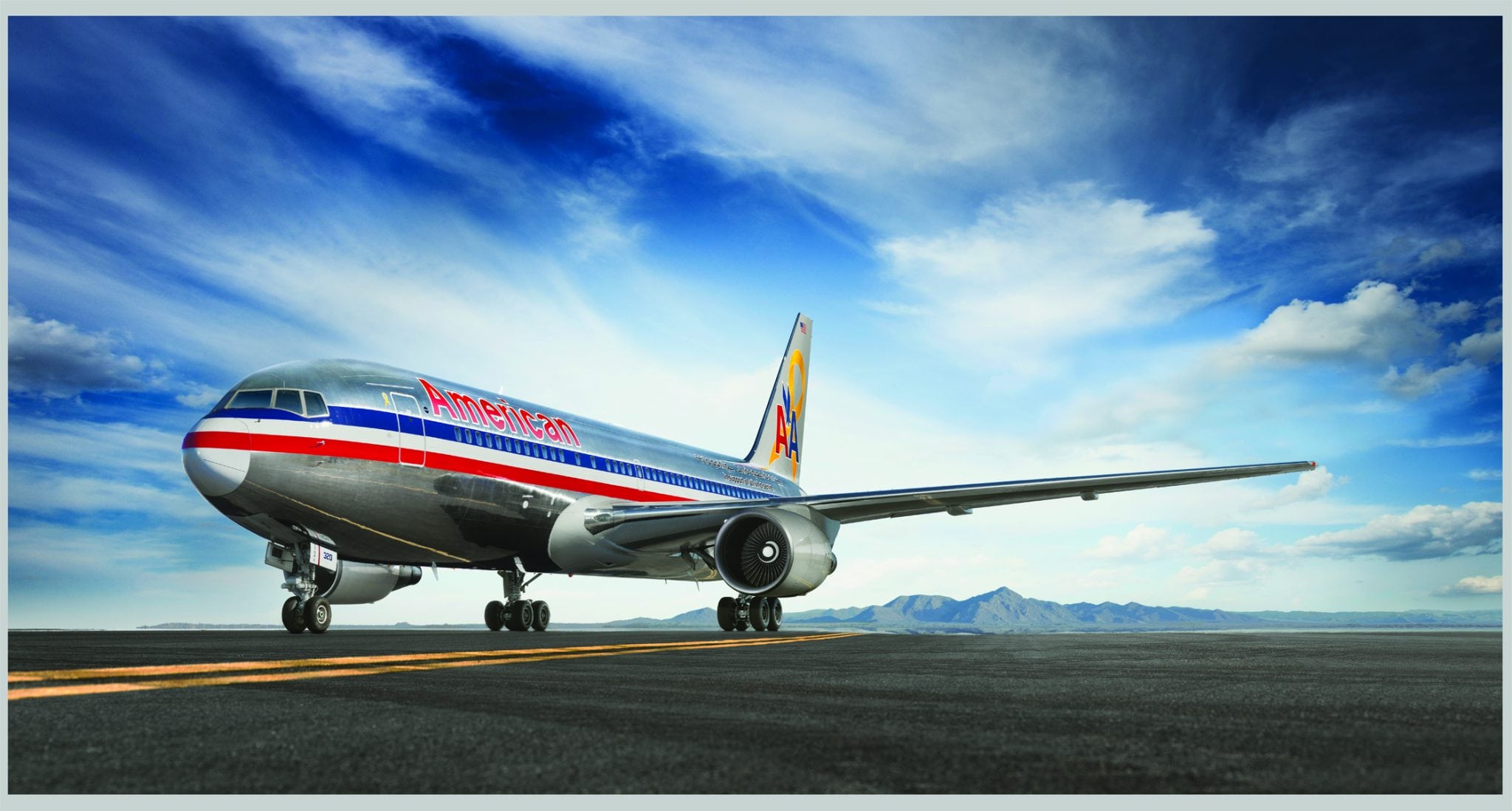[Avionics Today 07-29-2015] U.S.-based commercial airlines have been seeing encouragingly high quarterly revenue spikes. With many, such as United Airlines and Alaska Air, reporting record numbers for the second quarter 2015, alongside an upward trend for revenues in the past few quarters, the industry seems to be on a profit uptick for the first time in years thanks to increased demand and dropping oil prices, as well as strategic investment.
 |
| American Airlines 767. Photo: American Airlines |
“It is exciting to see airlines returning a return on investment,” said Candice Irvin, director in Deloitte Consulting’s Travel, Hospitality and Leisure practice. “Historically, airlines have not been able to provide a return to investors and have been criticized, so this is a positive change over the past several quarters.”
While the industry lost money for decades, Irvin says the market has been reporting record profits since the carriers restructured and consolidated into just four major U.S. carriers: American Airlines, who saw a record net profit of $1.9 billion this quarter, a 27 percent increase over 2014; Delta Air Lines, which saw a $202 million increase over the same period last year; Southwest Airlines, who saw a $206 million increase in net income year-over-year; and United Airlines who reported its highest-ever quarterly profit for the second quarter 2015, at $1.3 billion.
This upward trend isn’t limited to these four major airlines, however, and includes Alaska Air, who posted a record second quarter net income — at $230 million the airline saw a 46 percent increase over the second quarter of 2014. WestJet also saw an increase in net profits, jumping from $51.8 million in the second quarter of 2014 to $61.8 million in the second quarter 2015, with a more modest year-over-year improvement of 19.3 percent.
Many airlines, including Southwest, are attributing the profit jump to plummeting fuel costs. “Fuel prices were down 33 percent to a little over $2 a gallon, and of course, that was a huge driver in our year-over-year earnings increase. And we assume the fuel prices will continue to be moderate for at least the next several quarters and hopefully long after that,” Southwest Chairman, President and CEO Gary Kelly told investors and analysts in a conference call discussing the carrier’s most recent quarterly results.
While cheaper fuel is lowering an airline’s bottom line and allowing for an uptick in earnings, Irvin points to several other, more strategic, factors, such as investment in In-Flight Connectivity (IFC) and improved services that are bringing passengers onto planes and buoying profit margins.
“Certainly the large decrease in the price of fuel and capacity constraint have played a large role in the industry’s profits,” explained Irvin. “Additionally, airlines have recently made efforts to increase efficiencies and create ancillary revenues by both de-bundling their product and creating new products and services customers are willing to pay for. For example, they have established brand partnerships to generate additional revenue and loyalty, such as branded credit cards and alliances with hotels. Baggage fees, ‘extra legroom’ options, fast-pass boarding and other services that let travelers upgrade are also providing additional cushion for the airlines.”
It’s not all smooth sailing, however. While United Airlines joined the rank of record breakers for second-quarter profits, the company ultimately saw a 4 percent drop in revenue, over the same quarter last year. Irvin sees these kinds of drops as an issue of currency depreciation and notes that widening profit margins may not materialize instantly.
“Increasing demand and lower fuel prices contribute enormously, but many carriers are also facing headwinds from foreign currency fluctuations and increasing labor costs,” said Irvin. “Another consideration with regards to oil prices is that while lower prices can eventually be reflected in more investment spending, this often can take additional time to do so.”
Still, with profit margins up reasonably well, airlines don’t look ready to sit on the money anytime soon. According to Irvin, the companies are reinvesting the profits in the fleet, buying new aircraft, adding IFC, remodeling facilities and refurbishing or retrofitting planes. They are also “paying off debt, buying back shares and issuing dividends. Dividends and airlines — who saw that coming?” added Irvin.
These profits are also going toward investments in amenities to bring in more customers and keep them in their seats.
“Airlines are adding innovations that respond to traveler preferences; for example business travelers want to see more investment in services like in-flight technology, and fast and reliable Wi-Fi, and these ‘new’ profits are being used to enable that,” she said.
And as the landscape for the airline industry shifts, carriers now have to sift out how to keep profits up and remain competitive in the long term.
“The airline industry is no longer competing on price. While all airlines are price competitive, customers are now given more choices when they travel. The airlines and their employees are now trying to understand how the profits are shared between investors and employees. The recent labor agreements rejections suggest employees want more of the profits,” said Irvin. “Time will tell if there are new major carriers in the making or how the airlines will respond to the next exogenous event.”